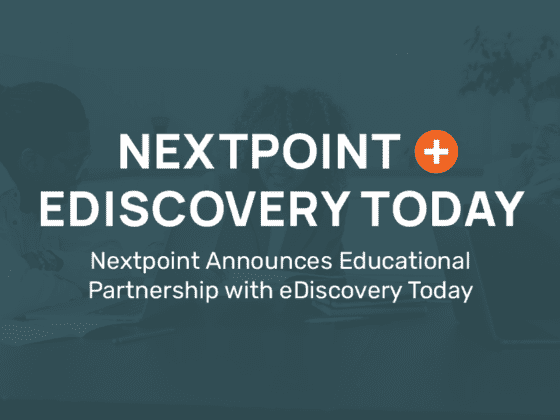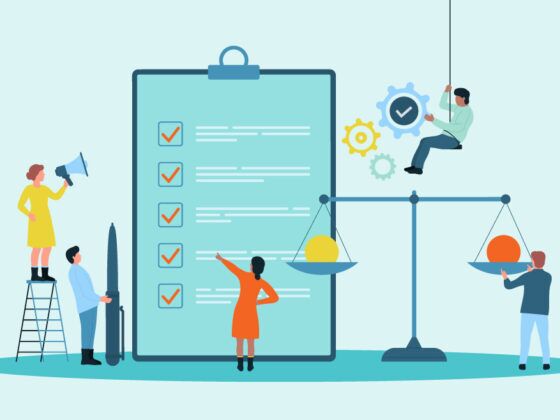If Bo knows sports, you could say Ko knows legal tech.
 Mike Ko, a former attorney and the owner of Groundwork Trial Consulting in Chicago (see: Obrycka v. City of Chicago and Goldberg v. Donald Trump), helps lawyers incorporate technology into their practices from mediation to trial. He also teaches Litigation Technology, an advanced trial advocacy class at the Chicago-Kent College of Law.
Mike Ko, a former attorney and the owner of Groundwork Trial Consulting in Chicago (see: Obrycka v. City of Chicago and Goldberg v. Donald Trump), helps lawyers incorporate technology into their practices from mediation to trial. He also teaches Litigation Technology, an advanced trial advocacy class at the Chicago-Kent College of Law.
Earlier this year, Ko was introduced to Nextpoint’s client success team while consulting for the Illinois Attorney Registration and Discipline Commission. Impressed by the web accessibility and end-to-end capabilities of our software, he asked us to visit his class to show students how evidence is now managed digitally in a modern litigation.
On March 4, Nextpoint’s vice president of client success, Tricia Boguslawski, and account director Jeff Hoven visited Ko’s class to show how evidence is culled and assembled in Nextpoint.
Behind the scenes of a modern trial
Hoven’s demonstration showed students how to import client data into Nextpoint, review it for relevancy, and share produced evidence with the appropriate parties. Boguslawski shared recent, real-world examples of how firms had used Nextpoint to meet seemingly impossible production deadlines, including a review of of 60,000 emails that needed to be turned around in three days after requests for an extension were denied by the opposing counsel.
Ko noted that the older generation of attorneys expect today’s young hires to be able to handle document review tasks. But while Ko’s students typically arrive with at least one or two semesters of trial advocacy instruction—where they learned how to conduct opening and closing statements and cross-examinations—most have never worked with raw digital evidence. The main goal of the Nextpoint lecture, Ko said, was to show that the bulk of trial work happens before attorneys receive the final exhibit list.
Throughout his presentation, Hoven used Nextpoint’s “Theater” mode to to show how attorneys can also use Nextpoint to display produced evidence in a courtroom.
“One critical question we try to answer in class is: How do [attorneys] present to modern juries that are used to the ‘CSI effect?’” Ko said. “That is, not just having evidence read to them, but breaking it into call-outs and arranging it in a way that’s concise, compelling and persuasive.” He said students are finding that they can apply these techniques “on Day 1” out of law school.
Law classroom of the future
Before Ko met the Nextpoint team, he tried to implement a similar lesson plan using legacy eDiscovery software. Nextpoint is much more promising as a teaching tool, Ko noted, because students don’t need to install it on their laptops. Students with Macs and PCs—an even split these days, by his estimate—can collaborate on a project in real-time.
Given these new capabilities, Prof. Ko has big plans for next semester. “We would like to give students a login, create a problem set they could work on, assign different review sets to different students and then do relevancy review and issue coding as they go along,” Ko said. “Each student would be working on 1/12 of the materials, and when we put all of them together we’ll see a previously indiscernible mountain of data become something that makes sense and is actionable in terms of the theory of the case.”







